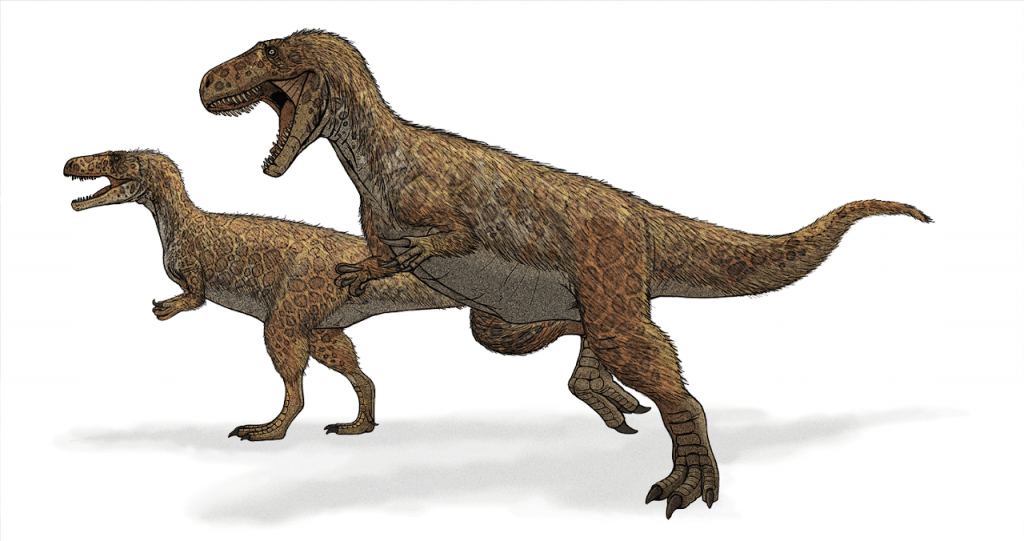Like it or not, lthe way we engage with technology is changing. The days when we owned the computing tools we use and the storage devices on which we store our data are coming to an end. Of course in computing, nothing disappears at all. There will continue to be marginal offers of products and services for those users who do not want to make the switch or who prefer not to put all their eggs in the basket of an external provider.
Anyway, since the direction the industry is taking seems inexorable, it is interesting to know thatWhat measures can we adopt as users to guarantee the privacy and integrity of our data. It is also good to have a contingency plan in case our current provider stops being useful to us.
That is why in this series of articles we are going to analyze the basics of cloud computing and the alternatives from open source to some of the most popular cloud services. But, to know where we are going it is important to know where we come from
The prehistory of the cloud. Where we come from
There is a mistake that many make when it comes to cloud computing. It's of confuse it with outsourcing of computer services. Even though the cloud implies outsourcing, not all outsourcing is cloud computing.
I am using the word outsourcing in a very broad sense. I use it to mark delegation to a remote machine for tasks that normally run on a local machine. Later we will see that it is not necessary to contract an external provider to use this type of services
What distinguishes cloud computing are two characteristics:
Scalability: The resources used from the remote computers are allocated adapting to the momentary need of the users.
Emulation: Remote computers can virtualize multiple combinations of software and hardware.
Historians of technology attribute the paternity of the Cloud Computing concept to John Mc Carthy, the father of Artificial Intelligence. As far as I know, McCarthy was postulating the timeshare model. Companies that had computing resources They could rent its use at leisure time to those others who could not afford the costs of buying their own equipment.
The first practical step for the current model was taken at the end of the 60's with the creation of ARPANET. At the initiative of the US Department of Defense, a network that interconnected the equipment of universities and state organisms.
Arpanet was born with 4 nodes and continued to grow until 1990 when it switched to the TCP / IP protocol
In terms of software, the first step was taken by the Massachusetts Institute of Technology. His Institute of Computing created Compatible Timeshare System (CTSS). Its design is based on the idea that operating systems they can work on multiple simultaneous tasks. Previous mainframes and computer systems only worked on one process at a time, in a linear fashion.
The original version ran on an IBM 7094 mainframe with two 32K central memory banks. The second bank was used for the implementation of the timeshare. The CTSS it was connected to printers, punch card readers, and tape drives.
In 1972, using the MIT concept, IBM released its VM / 370. It is an operating system that allows different users to run virtual machines simultaneously.
Although in the 80s the home computers of that time were able to connect to some remote providers that provided content and forms of communication between users, it is necessary to wait until 1999 to find the first antecedent of a modern cloud service.
Salesforce offered to companies orn service for their salespeople to upload their performance reports to the web and supervisors to access the reports online resulting from their processing.
In our next article we will briefly review the most important events of the last twenty years including how open source became a major player.

Excellent information where we can learn a little about the history of cloud services, Thank you for such valuable information.
Thanks for commenting